Kieran Donaghy, Director of the School for Training, writes about simple novels for English language students.
The many benefits of extensive reading include gains in reading and writing competence, oral and aural skills, vocabulary growth, and increases in self-esteem and empathy.
It is also highly motivating for students to discover that they can read in English and that they enjoy it. For this reason it is essential that the books are interesting to students and at a level appropriate to their reading ability. If students find the books compelling and interesting, and can understand them, they may become more eager readers. However, finding books that are interesting to your students and at a level appropriate to their reading level is not always easy. For students from level A1-B1 I would strongly recommend using graded readers – books which have been adapted by avoiding using difficult grammar and vocabulary for people learning a foreign language. Most of the main ELT publishers have graded readers series and you can find a list of these series at the end of the article.
While graded readers are a wonderful way of getting your students to read in English, at higher levels (B2.1 +) it can be a good idea to supplement graders readers with novels which have not been adapted for language learners. However, you have to be very careful when selecting these novels as it can be very discouraging and demotivating for students to read a novel and not understand the content.
In this article I’m going to look at the seven novels that have worked best with my students.
1. The Curious Incident of the Dog in the Night-time by Mark Haddon
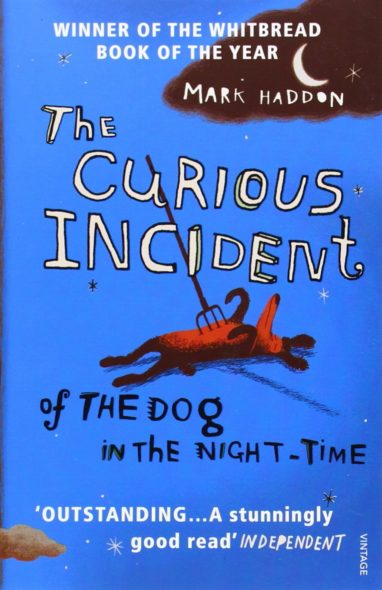
This wonderful, hilarious and moving book tells the story of the adventures of a young boy Christopher who has Asperger Syndrome, a form of autism. People with Asperger syndrome often have difficulty in social relationships and in communicating, and this is certainly the case with Christopher. When he discovers the murder of a neighbour’s dog, he decides to investigate it. The story is told from Christopher’s point of view, and his explanations for everything he sees and hears are clear, logical and easy to understand. The language used is very direct and straightforward.
My students have loved the story and Christopher, and also discovered a lot about autism.
2. Refugee Boy by Benjamin Zephaniah
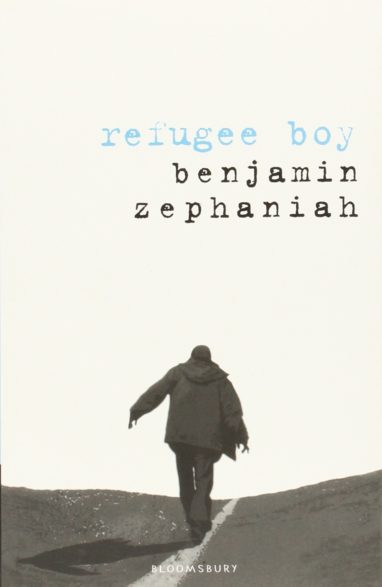
Refugee Boy tells the story of Alem, a 14-year old boy whose father is Ethiopian and his mother Eritrean, and as these two countries are at war, Alem’s family is not welcome in either place. Alem has to flee from both Ethiopia and Eritrea and ends up as a refugee in Great Britain. Benjamin Zephaniah writes in a simple and clear style which students with a B1 + level have little difficulty understanding; he also exposes us to the complexity of life as a refugee. I have heard my students discussing the theme of refugees with an understanding and empathy which would not be possible without having read this beautiful and sad novel.
3. Animal Farm
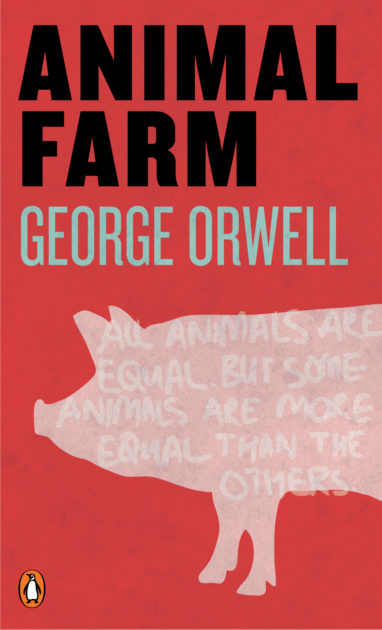
Animal Farm is a satirical allegory for Communist Russia. It tells the simple and tragic story of what happens when the oppressed farm animals rebel to attain freedom from the farmer Mr. Jones. George Orwell’s writing style is very accessible. Indeed, Orwell was famous for the clarity of his writing , in his 1946 essay Politics and the English Language he puts forward his 5 Rules for effective writing. It’s well worth showing them to your students and getting them to discuss the rules. Here are the 5 rules are:
1. Never use a metaphor, simile, or other figure of speech which you are used to seeing in print.
2. Never use a long word where a short one will do.
3. If it is possible to cut a word out, always cut it out.
4. Never use the passive where you can use the active.
5. Never use a foreign phrase, a scientific word, or a jargon word if you can think of an everyday English equivalent.
4. The House On Mango Street by Sandra Cisneros
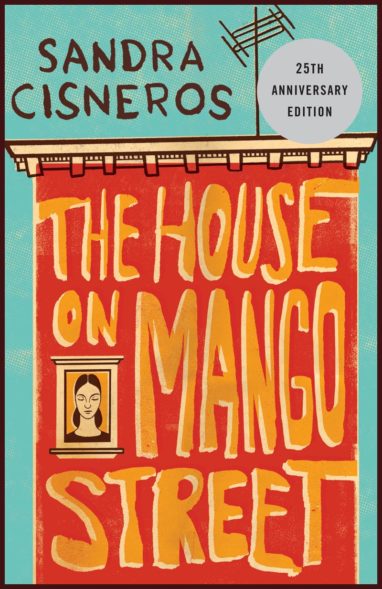
The House on Mango Street is the story of Esperanza Cordero, a young Latina girl, and her life growing up in Chicago. Sandra Cisneros uses quite simple language and short sentences which make it relatively easy for EFL students to understand. One of the outstanding features of the book is that it can help students understand and empathise with a community which is very different from their own.
5. Of Mice and Men by John Steinbeck
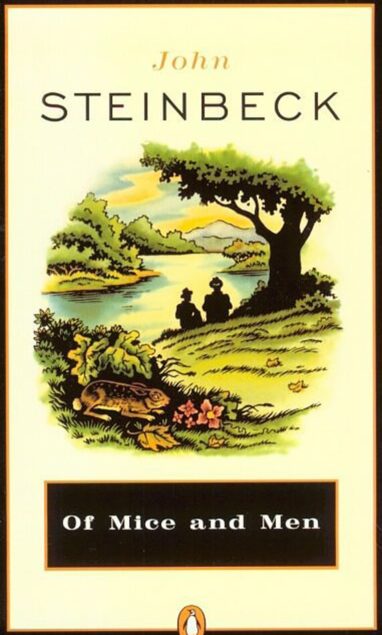
Of Mice and Men tells the story of George Milton and Lennie Small, two migrant ranch workers, who move from place to place in California in search of new jobs during the Great Depression in the 1930s. Steinbeck’s compelling story is very short and told in generally quite simple language. However, there are a number of contractions such as ‘ain’t’, ‘why’n’t’, ”wanta’ and ‘gonna’ which you may like to explain to students before they read it.
6. The Outsiders by S.E. Hinton
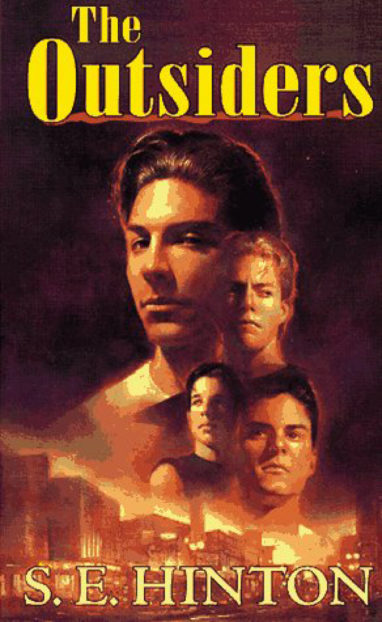
This-coming-of-age novel tells the story of a teenage gang in the 1960s and deals with typical teenager themes. The sentences are short and the language is quite simple. Although S. E. Hinton wrote the book in 1967, the themes still seem contemporary to the lives of students throughout the world. From my experience the book works best with teenagers and young adults.
7. The Giver by Lois Lowry

The Giver is set in a society which at first appears to be utopian, but as the novel progresses is revealed to be a dystopia. The main character is a young boy called Jonas who believes he is living in an ideal world until he is given his life assignment as the Receiver, and then begins to understand the dark secrets behind his community. The story is told in short sentences and simple language. Although the book was written for young adults, it has been popular with many of my much older students too.
Have you used any of these novels with your students? Have you used any other novels which have been popular with your students? Let me know in your comments below!
7 Graded Reader Sites
- Helbling Languages
- Atama-ii
- Oxford Graded Readers
- Cengage
- Cambridge Readers
- Penguin Readers
- Macmillan Readers


Thanks for a wonderful list of novels. It’s always nice to get done new ideas on what to read in class. At my language school we have been reading Animal Farm for over 30 years and we just can’t get tired of it. We have sido been reading The Curious incident of the dog in the nighttime. A beautiful and moving story.
We have sido read Face and A Teacher’s Dead by Zephaniah. Interesting reading for teenager and young adults. This year we have incorporated A Monster Calls for the Advanced courses. And an all time classic we also read is An Inspector Calls, the play by JB Priestley.
Thank you for this post!.
Hi Diana,
Thanks very much for commenting. It’s good to know you’ve also used Animal Farm and The Curious Incident of the Dog in the Nighttime with success. Yes, Benjamin Zephaniah’s books are great for the language classroom. Thanks for recommending An Inspector Calls by JB Priestley.
All the best,
Kieran